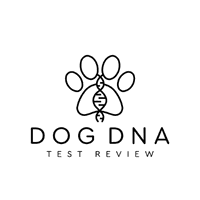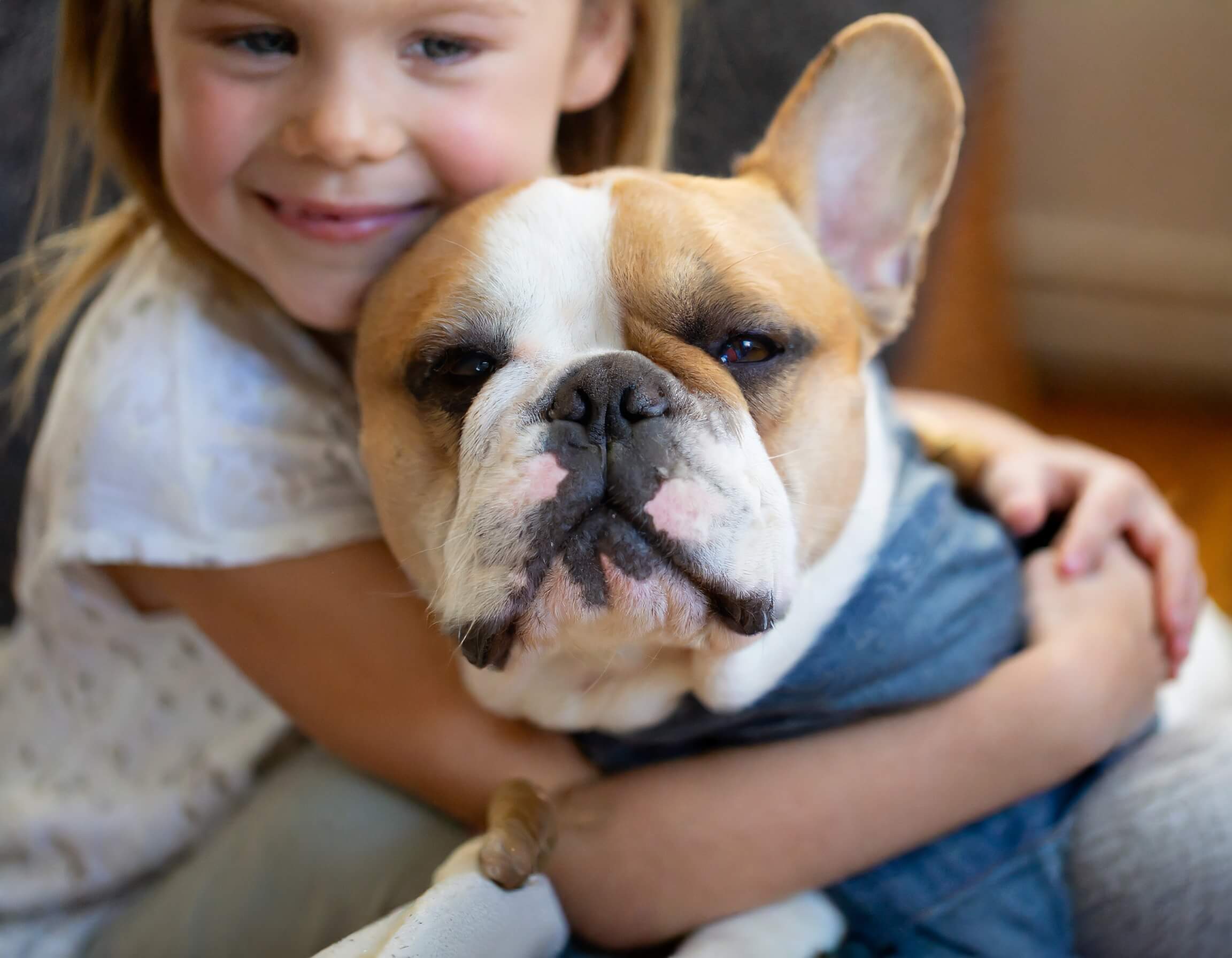DNA Testing for Cleft Palate in Dogs – Tips for Responsible Dog Owners
This puppy’s cleft palate meant hand feeding only. Each morning my alarm sounded before dawn to start her regimen. As I prepared the formula, I thought of the family who’d cried while surrendering her. They simply couldn’t cope with her extensive needs. Now she was mine to nurture, at least for a little while.
The road ahead would be long and often trying. But when she finished her last bottle of the night and curled up asleep on my chest, I knew the payoff would be huge. With time and care (and a great vet), her palate would repair and her true personality could shine through.
As a pup foster carer, my role was to see the light in her, not just the challenges. And maybe, to tell her story in a way that would help prevent other dogs from inheriting such steep obstacles in life. Where there’s love, there’s always hope.
Brief background on cleft palate condition in dogs

As a fellow dog lover, you and I both know how heartbreaking it can be when newborn puppies are affected by birth defects. One common problem in dogs is cleft palate, where the roof of a puppy’s mouth fails to join completely during their development. Puppies born with this opening in their palate can struggle tremendously with nursing, eating, drinking and even breathing.
I know how emotional and challenging this experience can be for any dog owner. While corrective surgery and ongoing care is possible, prevention is always best when it comes to our beloved four-legged family members.
Recognizing the Signs of Cleft Palate in Puppies
As a puppy owner, being able to recognize the common symptoms of cleft palate can help you identify the condition early and seek treatment. Here are some of the most common signs to look for:
- An opening in the roof of the mouth that connects the nose and mouth. This slit may be visible or partially hidden by the tongue.
- Nursing difficulties and milk coming out of the puppy’s nose when trying to feed. The abnormal opening prevents effective suckling.
- Excessive sneezing or coughing during or directly after eating. Food and liquid can pass from the mouth up into the nasal cavity.
- Failure to gain weight or trouble thriving. Cleft palate puppies are at high risk of aspiration pneumonia.
- Increased frequency of respiratory infections. Substances can pass from mouth into airways and cause inflammation.
Seeking veterinary assessment as soon as any of these signs are noticed is crucial. Early diagnosis allows for specialized feeding and optimal surgical timing for the best outcomes.
Recognizing symptoms quickly can make all the difference.
Breeds Most Affected by Cleft Palate

In my years fostering dogs with medical needs, I’ve cared for many puppies born with cleft palates. While any breed can be affected I’ve learned these breeds (and some are the most popular dog breeds) seem especially vulnerable:
- Boxer
- Bulldog
- Cocker Spaniel
- German Shepherd
- Golden Retriever
- Labrador Retriever
- Rottweiler
- Shetland Sheepdog
- Shih Tzu
- Yorkshire Terrier
My heart has gone out to so many sweet Boxer and Bulldog puppies struggling to eat around their cleft palates. I’ve also fostered many Retrievers and Shepherds affected by this condition.
Seeing their distress, I wish more breeders would DNA test to catch cleft palate risks early. While not every case can be prevented, advanced knowledge helps us better prepare to care for these special needs puppies. My mission is giving every dog the best life possible. But I dream of the day when fewer will endure this suffering to begin with.
Overview of how DNA testing can identify genetic risk factors

The great news is that DNA testing can now screen dogs for genetic markers associated with a higher risk of cleft palate. By having potential parent dogs tested before breeding, you can make informed choices to avoid problematic gene combinations. Testing also allows you as a breeder or owner to take a proactive approach, putting preventative steps and a care plan in place if puppies at risk are expected.
DNA testing gives us the opportunity to catch cleft palate risks early.
Details of Available DNA Tests for Cleft Palate in Dogs

When DNA testing your dog for cleft palate risk, you’ll find there are a few different test types available. Breed-specific tests screen for genetic markers common in certain breeds like Boxers, German Shepherds, and Golden Retrievers.
There are also broader breed panels that check for cleft palate markers across multiple breeds – great if you have mixed breeds. Some companies offer general “congenital defect” panels that include cleft palate markers along with testing for other conditions.
How the dog DNA tests work
- A simple cheek swab collects your dog’s DNA sample
- The lab analyzes your dog’s genetic code looking for specific markers linked to increased cleft palate risk
- These tests identify potential problem areas in the genome that may interfere with normal palate development
- They assess risk based on your dog’s genetic profile – not a definitive diagnosis
Reliability and limitations
Many of the commercially available DNA tests for cleft palate have decent reliability for detecting potential genetic risk factors. However, it’s important to understand these key points:
- The tests are not 100% predictive – the genetics behind cleft palates are not yet fully understood
- Environmental factors in utero also play a role in cleft palate development
- Discussing the benefits and limitations with your veterinarian is recommended
- When used carefully, the tests can provide valuable insight into your dog’s risk profile
Using Those Test Results to Make the Best Choices for Your Dogs

Don’t panic if risks are identified
I know it can be worrying when those DNA test results come back showing your dog may be at higher risk for cleft palate. But try not to panic! This insight empowers you to make careful breeding choices to reduce the chances of passing on this defect.
Consider both parents’ results
If both potential mom and dad dogs have results indicating high risk, it may be smart to avoid that pairing altogether. However, if just one parent has mildly elevated results, while the other is very low risk, the pairing might be okay.
Weigh test results along with other factors
I always recommend considering test results as just one part of the bigger picture when planning any breeding. Maintaining genetic diversity in the breed is so important too. There’s no one-size-fits-all formula that can replace your thoughtful judgment as a dog breeder and lover.
Seek guidance from experts
Lean on trusted vets and mentors in the breeder community to help guide your decisions here. Use that DNA knowledge to inform your choices, not dictate them. I have no doubt you’ll breed amazing dogs with their best interests at heart!
Preparing Your Heart and Home for a Cleft Palate Puppy

Educate yourself on specialized feeding
Even with the most careful breeding choices, there is always a chance that some puppies may still be born with cleft palates. In these emotional situations, the preparation time DNA testing provides can make a world of difference.
If testing indicates you may have high-risk puppies, take time before birth to educate yourself on proper specialized feeding techniques and equipment. Consult with your vet on the best bottles, nursing supplies, and nutritional formulas to have on hand.
Research experienced veterinary surgeons
Start researching experienced veterinary surgeons in your area that successfully perform cleft palate repair procedures. Know your options for timing of surgical repair – some vets advise immediate surgery after birth, while others suggest waiting several weeks so the puppy is stronger.
Reach out to other cleft palate puppy owners
Reach out to others who have fostered cleft palate dogs for advice on caring for puppies before and after surgery. This community support can provide you with guidance, reassurance, and comfort during the challenging road ahead.
Be gentle with yourself
Most of all, be gentle with yourself through this process. While emotionally painful, preparing your heart and home to give these special puppies the care they require is one of the greatest gifts you can offer.
Caring for Your Cleft Palate Puppy with Love

Even with all the preparation in the world, having a newborn puppy arrive with a cleft palate can still be emotionally devastating. Please know you are not alone in this journey. There are some key things you can do to support your puppy’s health and mitigate the impacts of this defect:
Follow specialized feeding guidelines
Work closely with your vet to learn proper feeding techniques and obtain customized bottles/nipples. Specific nutritional formulas and softer foods are a must to reduce aspiration risks. Patience, care, and routine will help your pup thrive.
Schedule corrective surgery
Identify an experienced veterinary surgeon to perform the cleft palate repair procedure. Discuss options for timing of surgery – immediately after birth or a few weeks later once the puppy is stronger. Manage pain and recovery care with guidance from your vet.
Monitor health vigilantly
Watch for signs of respiratory infections or other complications post-surgery. Keep up with medications and ongoing nutritional support. Track weight and development milestones carefully in consultation with your vet.
Shower your puppy with affection
While cleft palate presents challenges, remember your puppy just wants your gentle nurturing and unconditional love. Snuggle, kiss and speak softly to them as you provide specialized care. You are their world and their hero.
The Hope and Promise of Healthier Days Ahead

Raising a cleft palate puppy takes immense dedication, but the joys of nurturing them to health are incredibly rewarding. With each small milestone achieved, your heart will swell with pride and hope.
While the condition presents challenges, rest assured that with preparation, care and unconditional love, your puppy can go on to live a long, happy life once their palate is surgically repaired. They might look and act a little differently, but they will give and receive love just as fully.
As research progresses, our understanding of canine genetics and preventative screening will only improve. Thanks to responsible breeders and owners using DNA testing conscientiously, cleft palates will become less common in future generations.
What matters most is the powerful bond between you and your beloved pup. Cherish this precious time caring for a very special little soul. Brighter days filled with doggy kisses, playtime and comfort await you both. Stay hopeful!
- About the Author
- Latest Posts

Lily Morgan, a skilled writer and devoted dog carer, brings storytelling magic to our platform. Her narratives explore the deep bonds between dogs and owners, highlighting the impact of dog DNA testing on their lives.

